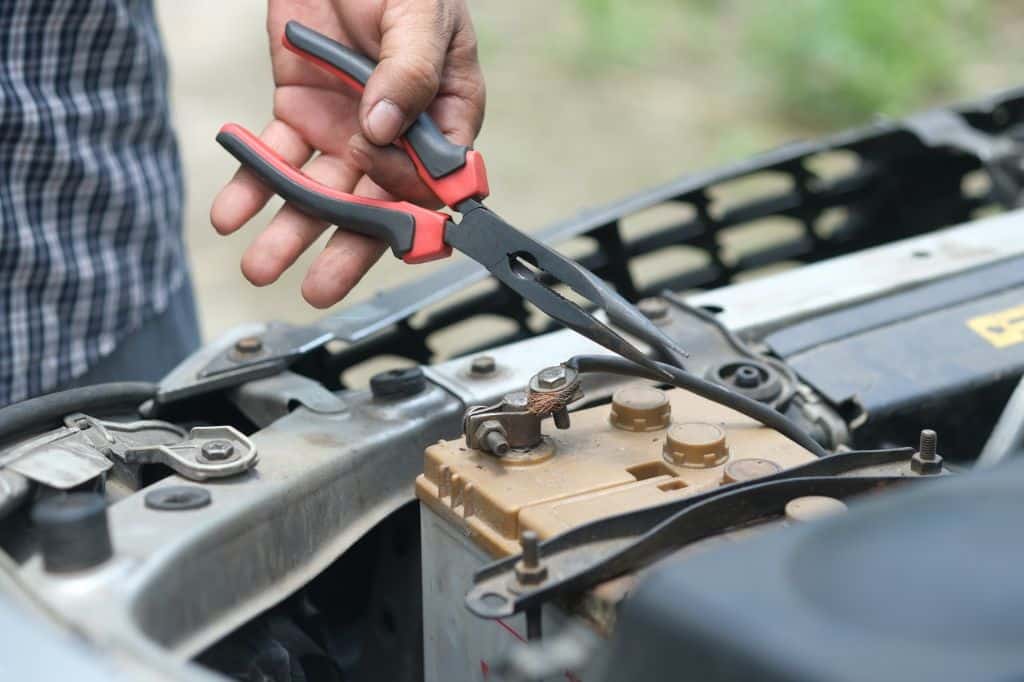
The Complete Guide to Troubleshooting Your Car Battery
If your car is having trouble starting or the engine dies while you're driving, you may have a problem with your car battery. Battery problems are common and can be caused by various factors, including age, wear and tear, or corrosion. If you think you may have a car battery problem, it's important to diagnose and get your car battery fixed as soon as possible to avoid further damage.
Table of Contents:
- What to do if your car won't start
- What to do when your car battery dies
- How to prevent car battery problems
- The best way to charge a car battery
- How to tell if your car battery is bad
Keep reading for tips on how to troubleshoot car battery problems to get your vehicle running smoothly again.
What to do if your car won't start
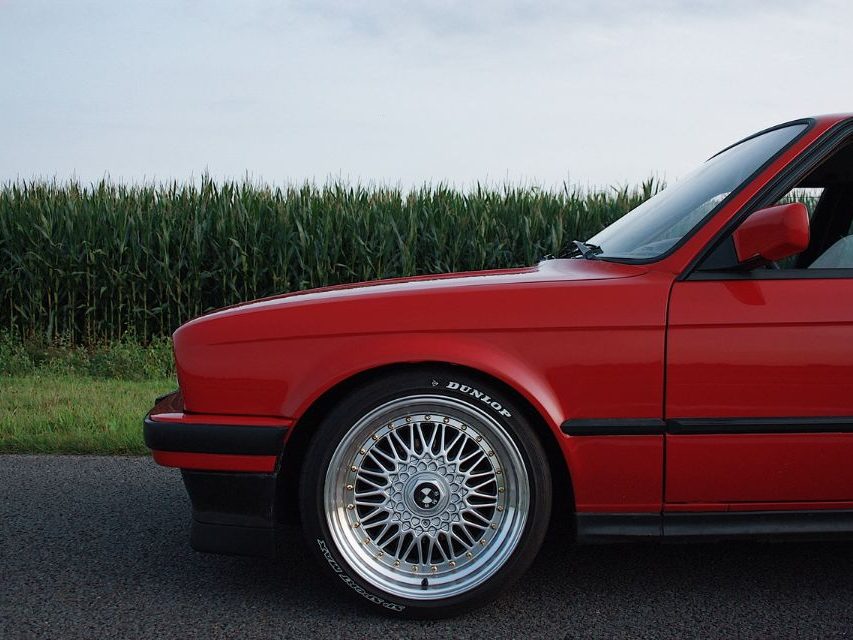
If you're on the road (at the lights, for example) and your car won’t start, the most important thing is to move your vehicle to a safe place as soon as possible.
Try to diagnose what's wrong with your car or the cause of your issue because it may not necessarily be your battery. For instance, if you've been sitting in the carpark listening to the radio with the engine off, you’ll have a pretty good idea your battery is flat and why.
However, if you can operate all your electrical components, such as the headlights and the radio, it's probably not a battery issue. If you've charged your battery and it dies quickly, you likely have a problem with your alternator. However, the only sure way to know is to bring your car to your local trustworthy mechanic.
What to do when your car battery dies
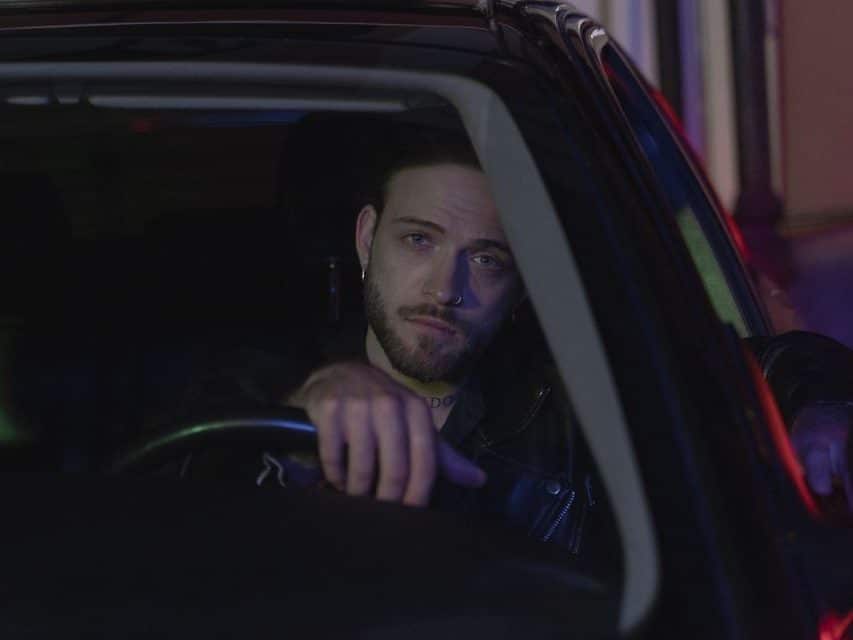
If possible, try to identify the cause of your flat battery, for example, whether you left the lights on. Knowing the cause will help you or your mechanic assess how serious the problem is and what your next step should be. If you don't know or aren't sure, it's best to have your car checked by a professional.
The most common solution to a dead battery is jumping the battery. Jumper cables are a must to have in any car. You'll be glad they're there when you need them.
Keep in mind that jump starting a car can actually damage the car if done incorrectly with some modern cars. It's vital that you connect the positive cable (usually red) to the positive battery terminal and the negative cable (usually black) to the negative terminal. Doing this the wrong way round can cause serious, possibly irreparable, damage to your car. If you're not confident, call roadside assist or a friend/family member who knows what they're doing.
Do not turn off the engine immediately once you've started the car again. You should drive your car for at least 15 minutes, ideally half an hour, to give your car a chance to charge its battery. If your car struggles to start again, it's a good sign you may need to replace your battery. In addition, we'd recommend bringing in your vehicle for a check-up to ensure it isn't a problem with your alternator or another issue.
How to prevent car battery problems

1. Drive your car
One of the best things you can do for your battery is drive your car. Leaving a car to sit for too long without running the battery will drain it. Very short trips may not be enough because the alternator and engine aren't given proper time to charge the battery fully. Don't panic. A quick drive to the shop shouldn't wreck your battery. However, try to take your car for a long drive (at least thirty minutes or more) every two or three weeks to give your battery a chance to charge. If this isn't viable, consider buying an internal battery charger.
2. Switch everything off
Leaving your headlights on is probably the best-known ways to drain your battery, but there are other things you need to consider, like air-con and the radio.
Modern cars have a lot of electronics that can drain the battery if left on when the engine isn't running. This is because you're drawing power from the battery without it being able to recharge. Luckily, many modern cars have inbuilt alarms to let you know if you've left your headlights on, but it’s worth making a habit of checking everything is off before you leave your car.
3. Maintain your Battery
Good battery maintenance is the best way to avoid damage. One of the easiest ways is to have your car regularly serviced. However, there are steps you can do yourself, such as:
- Make sure battery terminals are always clean and dry.
- Keep up fluid levels but be careful not to overfill your battery
- It's recommended you use distilled water to top up your battery.
- Never leave your battery standing for long periods without being charged
- Make sure your battery is secure, as vibrations can damage the plates.
- Don't leave lights or other accessories on once the engine is off, as this will drain your battery.
- Before disconnecting your battery, read your owner's manual to ensure that you don't lose computer or radio memories
While it's impossible to avoid all battery problems, regular maintenance can keep your battery in good shape and help it last longer.
The best way to charge a car battery
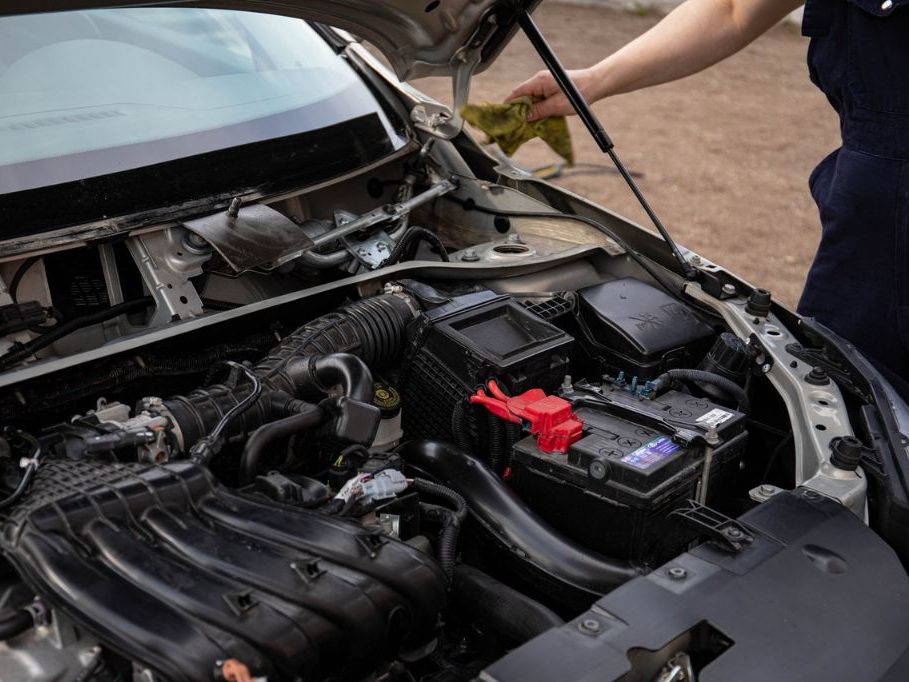
When it comes to charging your battery, your best bet is to invest in a battery charger. This allows you to charge your battery from the convenience of your home. There is a range of chargers out there, and different batteries are better suited to specific chargers.
Here are a few battery charging tips:
- It's best to disconnect your battery before charging
- Ensure you connect the positive cable to the positive terminal and the negative cable to the negative terminal.
- Read your charger manual carefully before using your charger.
- Car chargers are intended to slow charge your battery over 12-24 hours. They're not designed to jump-start your car.
Unsure what battery charger to choose? Have a chat with your mechanic about what they'd recommend for your vehicle.
How to tell if your car battery is bad
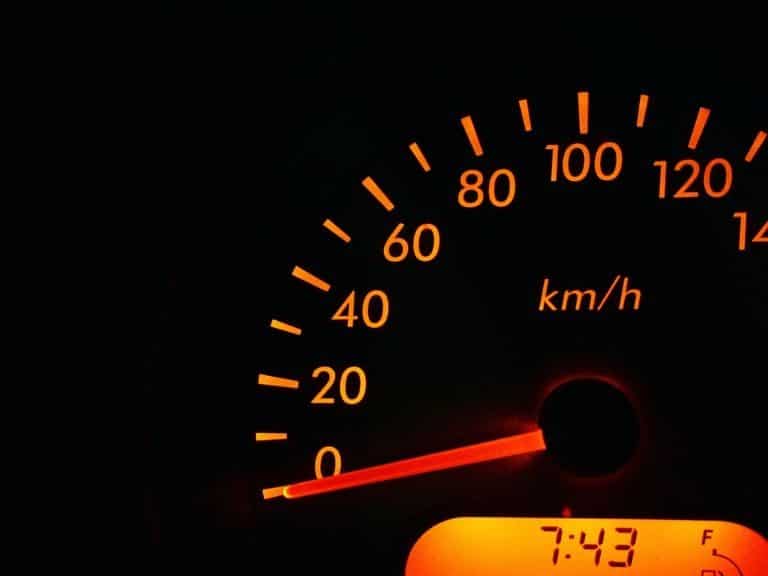
Before your car reaches the point where it won't start, a few tell-tales signs could mean your battery is on the way out. Noticing these can help you catch a problem before you're left stranded.
A clicking noise
The engine clicking over when turning on the ignition is a classic sign you have a problem related to your battery. Even if your car does eventually start, you'll want to get this looked at sooner rather than later.
Intermittent starting
If your car starts some days but not others, it’s a sign something isn’t quite right. It might be cold weather, but it could be a sign of battery problems or something more serious.
Dim lights
Have you noticed your headlights don't seem as bright as usual? It could be a sign your battery is on the way out. Whatever reason, it's worth getting to the bottom of why your lights aren't at their brightest.
Corrosion
Any corrosion on your car battery is worth investigating. This is particularly a problem for older batteries, and when the corrosion gets severe enough, it can leave your battery unable to charge. When your battery reaches this point, you'll have to replace it.
It hasn't been changed in 4+ years
Everything has an expected lifespan, and car batteries are no different. However, as mentioned above, older batteries are more susceptible to corrosion which can destroy the battery.
Have issues with your battery and not sure what to do next? Call Bliss Mechanics in Sunshine Coast, Australia at tel: 5325 1120, and our friendly team will help you out.